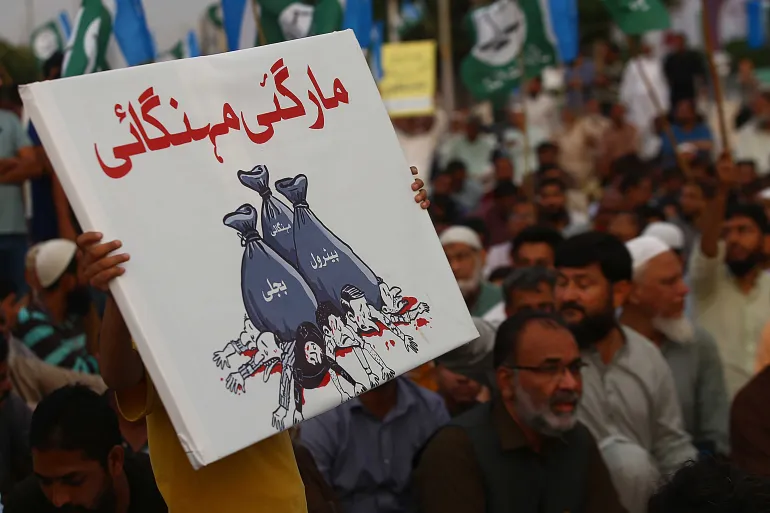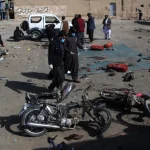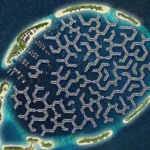Pakistan’s Islamabad Every election seems like it could be the most important in a nation’s history, and this is often the case. It is not hyperbole to suggest that there are a great deal of stakes when Pakistan holds its election on Thursday, which some opponents fear may be the least free one yet.
While previously imprisoned and exiled former Prime Minister Nawaz Sharif is returning to run for office among a wide range of other candidates from the left to the right, former Prime Minister Imran Khan remains behind bars as the government cracks down on his Pakistan Tehreek-e-Insaf (PTI) party.
But more importantly than addressing nearly two years of political unrest, the goal of this election is to install a new, stable administration that will be able to stabilize Pakistan’s faltering economy and provide employment for its 241 million citizens.
Inflation has risen to over 30%, nearly 40% of the population lives below the poverty line, and about 70% of Pakistanis believe that the country’s economic situation is getting worse, per a poll issued this week.
With its foreign reserves falling to $4.4 billion, barely enough to cover a month’s worth of imports, and its currency losing more than half of its value relative to the US dollar, Pakistan was in serious danger of defaulting in June of last year.
Just weeks before the government’s term ended, then-prime minister Shehbaz Sharif succeeded in getting the International Monetary Fund (IMF) to provide a vital rescue package, the organization’s 23rd fund program since 1958, when the nation found itself at a hazardous crossroads.
When the interim administration took office in August 2023, its main task was to make sure the $3 billion IMF program continued.
This nine-month Standby Arrangement (SBA) IMF accord required severe measures, such as the removal of subsidies on basic goods and letting the open market decide the value of the currency.







